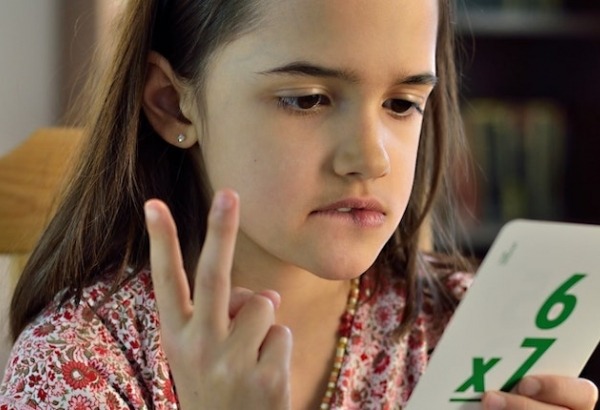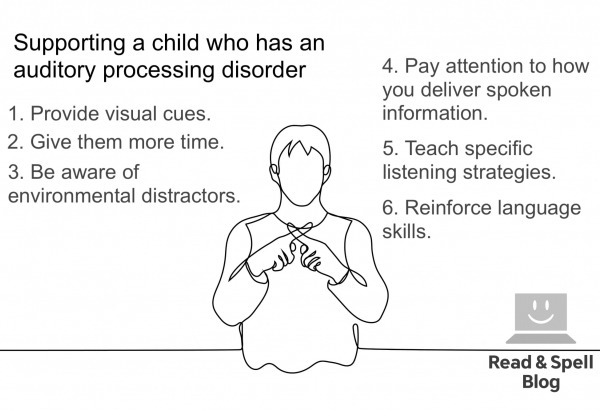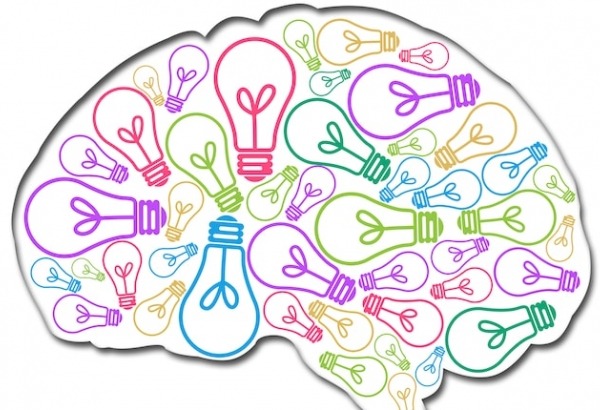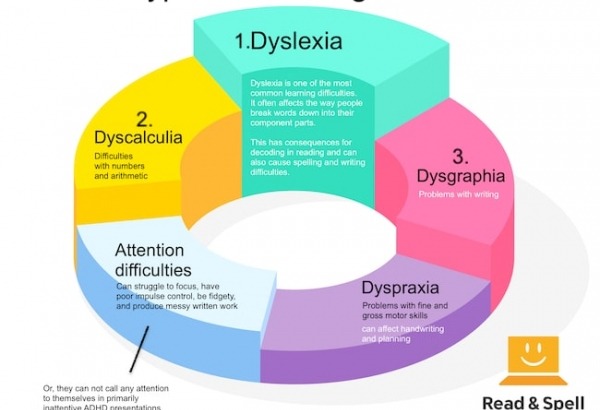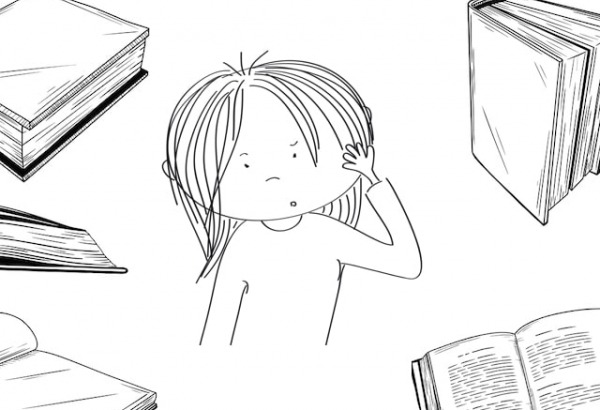How to build self-confidence in students
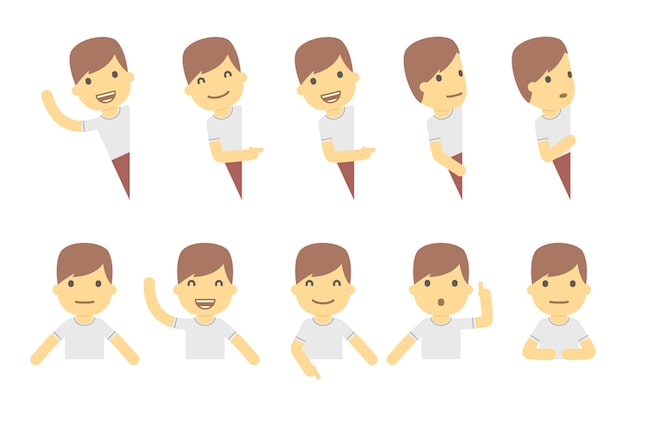
Unfortunately, it's not uncommon to find that students who have specific learning difficulties, motor skills difficulties, and/or physical impairments experience a lack of confidence in the classroom. This is particularly the case when learning differences go unrecognized. The resulting situation is quite serious for children and young-adults. It colors their lives and can have significant implications for success at school, both in the present, and in the future. Fortunately, parents and teachers can make a difference by fostering a positive self-image, encouraging independence, and helping students who are struggling to get the right support and classroom accommodations.
What do learning difficulties look like?
Students with learning difficulties can present as bright and articulate, but might produce written work that doesn’t match up to expectations. It’s not unusual for these students to be labeled as lazy and uncooperative, or for them to be told they're simply not trying hard enough at school.
In reality, they may be trying as hard as they can but not succeeding due to a learning difficulty that makes it hard to get words down on paper. These students often work just at or below grade level, choosing the simplest words possible to express themselves, because writing things down is such a struggle. What’s unfortunate is that in most cases a student’s written work does not reflect the richness of their productive vocabulary or the sophistication of their ideas.
Through no fault of their own, people of all ages who have specific learning difficulties can also be disorganized, forget instructions and/or lose belongings such as their pens and pencils or notes. Students may seem to be constantly in trouble with their teachers, unwilling to conform, and may even be considered troublemakers. In cases where acting out is an issue, it may simply be a symptom of their feelings of inadequacy at school and a lack of self-confidence. The tragedy is that such negative labels can become a self-fulfilling prophecy.
Many students with learning difficulties experience significant difficulty learning from traditional teaching methods. They have the potential to achieve but experience a degree of failure in education that is not commensurate with their level of intelligence. This knocks their confidence and causes their self-esteem to take a battering.

What do we mean by self-esteem?
Self esteem has to do with feelings of self worth. It is about how students value themselves. Do they feel loved and appreciated? Do they feel understood and respected? Do they think and feel positively or negatively about themselves? Self-esteem is something that can build or diminish over time as various factors come into play. However, we know that the self-concept students develop is very much so influenced by parents, teachers and peers.
How about self-confidence?
Self-confidence is about believing in one's own abilities. It opens doors and encourages students to take risks, express their creativity in classroom assignments and invest in the work they produce at school. A self-confident child or adult is more likely to be optimistic and motivated and have a “can do” rather than a “can’t do” attitude to classroom learning and education.
On the other hand, a lack of confidence can affect the motivation necessary for problem solving and dampen interest in new experiences.
Learn more about the difference between self-esteem and self-confidence.
Teaching children to trust themselves
Positive self-esteem can be nurtured from a very young age. As a simple illustration, an alternative to saying to a child: “You are ____” would be to say instead: “That was ____ behavior.” In this way, the child’s self image is distanced from any negative personal connotations, though the meaning is still equally clear and the approach is one of constructive criticism.
Parents can start nurturing feelings of autonomy and self worth early on by offering toddlers choices. This shows you respect them and helps children build self-confidence as they successfully articulate their needs and wants. You can also help by teaching them to think for themselves.
For example: “Would you like to wear this sweater or that sweater today? Would you like a piece of apple for one hand or both hands? Which book shall we read? Do you want to put your boots on before you go into the garden to jump in puddles?” And if the answer to this last question is “no,” here’s a great opportunity not to censure, but to create a learning experience!
By allowing children to “fail” from time to time, parents are teaching them to learn from their mistakes. This can be done in a positive way if plenty of support is provided, as well as encouragement to try again and again until success is achieved.
Teachers might employ a similar approach at school, as it helps students learn how capable they are. If a student trusts his or her own judgment, he or she is more likely to go on learning and expanding their knowledge in the future. Having confidence in the classroom from an early age can make all of the difference in a student’s choice to pursue higher education when they are older.
In addition, don’t underestimate the power of modeling good behavior. Parents and teachers inevitably act as role models. It’s no bad thing for a role model to be seen making a mistake if they admit it and take it in stride. And apparently, self-esteem in parents and teachers can be contagious!
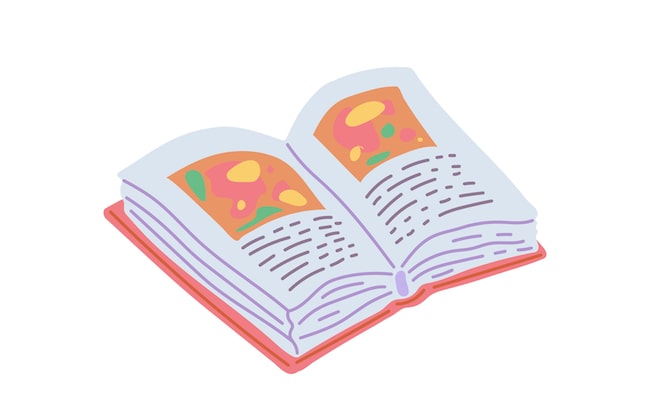
You can build a student's self-confidence through reading
Reading with your toddler builds confidence when it comes to handling books and encourages them to be both aware of and curious about print. Early literacy skills are fundamental for toddlers, helping them later on when they begin learning how to read at school. But how do you go about reading with an older child? Part of the role of parents and teachers is to ensure that the learning is age appropriate and to put any “failure” in context.
What we mean by this is illustrated by the five finger test, which can be used to assess if a particular book is too easy, too hard or just right for a child to read on their own. You open up a book and look at a few paragraphs. The child reads the text. Every time a word is encountered which he or she cannot decode, they hold up a finger. If five fingers are raised before the end of the passage, the text is a little or a lot too hard for the moment.
Students should feel confident that learning to read is an on-going process. Have a look at the reading material they first used as beginners, and then underscore how far they’ve come. Charting a child’s progress, both in and out of school, provides confidence building feedback.
What choosing the right book has to do with it
Teaching a student to choose an appropriate book is one opportunity for them to start taking responsibility for their own learning, which in turn helps to increase self-esteem and the notion that life is full of opportunities.
For the student with confidence, a new book may be a bit of a challenge for the moment but he or she can feel empowered by the ability to select level appropriate reading material and know the time will come when this too will be mastered. On the other hand, the student with low self-esteem may struggle with the idea that things will get better.
Strategies for talking about self-esteem
An ideal way into talking to your child about feelings of self worth and self-esteem could be through a character in a children’s book. Take, for example, Eeyore in Winnie-the-Pooh by A. A. Milne. He is a pessimistic, cautious donkey who is permanently in a state of gloom. He is distinctly lacking in self-confidence. He can be an ideal foil for taking a look at various aspects involved in self-esteem, such as attitude to change, social interaction, autonomy and taking responsibility for your own actions.

Using educational tools to boost confidence
Touch-type Read and Spell (TTRS) is a typing and literacy program designed to boost confidence in students with learning difficulties. It's appropriate for school-age children of all ages; adults can use it too. The program was originally designed to help individuals with dyslexia build spelling and reading skills as they learned to type. It has since been tailored to students with attention, motor, and writing skills difficulties as well. It builds confidence through gradual success and a modular approach to learning.
What you need to know about TTRS:
-
The course is broken down into levels. Within each level is a series of individual modules so the learner works through small, incremental steps. First, the vowels are named as the student correctly places his or her hands on the keyboard and follows the correct finger positions on the screen.
-
The student types aaa aaa aaa....eee eee eee as he or she hears, sees and feels the letters, and in some cases speaks them along with the vocal track. This is basic multi-sensory learning.
-
Soon the student is typing not letters any more, but whole words - red, wed, fed, led and reading and writing at the same time. Learners, especially those with specific learning difficulties such as severe or even moderate dyslexia, may have struggled in the past even at this level, but the course is designed to help them be successful and feel in control of their own learning.
-
At the end of the module, there is immediate recognition and feedback of accomplishment when a score pops up.
-
The course sets appropriate expectations, levels and boundaries for achievement/non-achievement. If the student hasn’t achieved a high enough score the first time around, the module can be repeated.
-
If they are used to failure, sometimes when they get a high score, students will look around to see if anyone has noticed. A bit of praise from teachers or parents can make a struggling student feel good about him or herself and want to continue.
-
Being specific and honest with praise is important. For example, “I like the way you got straight to typing once you signed in, that was a tough dictation module and you really tried hard, I enjoyed reading your free writing piece, or well done on that spelling assessment, your score improved!” Telling a student they’ve done well when they haven’t doesn’t help their confidence or self-esteem, it just makes them not believe or trust you.
-
It's also important not to go over the top. If you tell your student he or she is a genius for accomplishing something simple, what do you say to step it up when they accomplish something remarkable? As an approach to praising performance, TTRS recommends using fantastic, brilliant and superb for 100%, excellent for 95%, very good for 90%, and good for 80%. This measured approach is highly effective.
For learners who struggle with dyslexia
TTRS is a program designed to get children and adults with dyslexia touch-typing, with additional support for reading and spelling.
Meredith Cicerchia
TTRS has a solution for you
An award-winning, multi-sensory course that teaches typing, reading and spelling

How does TTRS work?
Developed in line with language and education research
Teaches typing using a multi-sensory approach
The course is modular in design and easy to navigate
Includes school and personal interest subjects
Positive feedback and positive reinforcement
Reporting features help you monitor usage and progress







